4.96 GB
Ready to exercise those brain cells? Humans have been having fun with mathematics for thousands of years. Along the way, they’ve discovered the amazing utility of this field—in science, engineering, finance, games of chance, and many other aspects of life. This course of 24 half-hour lectures celebrates the sheer joy of mathematics, taught by a mathematician who is literally a magician with numbers. Professor Arthur T. Benjamin of Harvey Mudd College is renowned for his feats of mental calculation performed before audiences at schools, theaters, museums, conferences, and other venues.
Although racing a calculator to solve a difficult problem may seem like a superhuman achievement, Professor Benjamin shows that there are simple tricks that allow anyone to look like a math magician. Professor Benjamin has another goal in this course: throughout these lectures, he shows how everything in mathematics is connected—how the beautiful and often imposing edifice that has given us algebra, geometry, trigonometry, calculus, probability, and so much else is based on nothing more than fooling around with numbers.
Fun with Numbers
Here is an example:
Think of a number between 1 and 10. Triple it. Add 6. Then triple again. Now take your answer, probably a two-digit number, and add the digits of your answer. If you still have a two-digit number, add those digits again. You should now be thinking of the magical number 9. The reason this works is based on algebra and the fact that the digits of any multiple of 9 must sum to a multiple of 9.
This is one of the many wonders of modular arithmetic, sometimes called clock arithmetic, where numbers wrap around in a circle. A useful application of this field is casting out nines, a simple and ancient technique for checking the answers to arithmetical problems.
Modular arithmetic also provides a very handy method for mentally computing the day of the week for any date in history.
This connection between entertaining number tricks and the deeper properties of mathematics reflects Dr. Benjamin’s specialty, which is combinatorics, the branch of mathematics that deals with the subtleties of counting. Some examples: How many different six-symbol license plates are possible? And for the book collector, how many ways are there of arranging 10 books on a shelf? (Would you believe more than 3 million?) These simple questions introduce concepts such as the factorial function.
Drawing on his dual fascination with combinatorics and games, Dr. Benjamin used his analytical skill to win first place in the American Backgammon Tour in 1997.
Have You Forgotten Math? Worry Not!
Professor Benjamin gives his presentation on the number 9 in—where else?—Lecture 9. Other lectures are devoted to pi, the imaginary number i, the transcendental number e, and infinity. These numbers are gateways to intriguing realms of mathematics, which you explore under Dr. Benjamin’s enthusiastic guidance.
He also introduces you to prime numbers, Fibonacci numbers, and infinite series. And you investigate the powerful techniques for manipulating numbers using algebra, geometry, trigonometry, calculus, and probability in lectures that may hark back to subjects you studied in high school and college. You will find Dr. Benjamin’s introduction to these fields both a useful refresher and a bird’s-eye view of the most important areas of mathematics. Intriguingly, he approaches these topics from the novel perspective of combinatorics and mathematical games, providing a fun entry into subjects that are often taught in a lackluster way.
In the next-to-last lecture, you look at the application of probability to games. And finally, you splurge on feats of mathematical magic: For instance, did you know that you don’t have to be a genius to calculate cube roots in your head?
Throughout the course, Dr. Benjamin assumes that you may have no more than a distant memory of high school math. He believes that it is his job to fan those embers into a burning interest in the subject he loves so much—and in which he takes such exquisite joy.
A Math Course Designed for You
This course is especially well suited for:
- Anyone attracted by Dr. Benjamin’s promise of a joyful attitude to an often-imposing subject
- Anyone for whom high school and college math courses are a distant memory who would like to revisit these subjects to explore topics they skipped the first time
- Anyone now taking math who would like a big-picture perspective on the major areas of the field from a playful, joyous point of view
- Budding math mavens who love numbers and the magic that can be done with them.
Be prepared to encounter strange equations, novel ways of thinking, and symbols and computational methods that may be new to you. But also prepare to sharpen your wits in ways you never thought possible. Math is a challenging subject, but it pays immense rewards. Few people understand everything the first time through an unfamiliar domain of math. “But that’s OK,” says Dr. Benjamin. “You can rewind me and have me explain it all over again! All of this material bears repeating, and I hope you get to enjoy it many times over.”
Patterns, Patterns Everywhere
One of Dr. Benjamin’s greatest loves is the Fibonacci sequence, which shows up in many spheres of mathematics, as well as in nature, art, computer science, and poetry. The distinctive meter of a limerick encodes Fibonacci numbers, and Dr. Benjamin has even composed his own limerick to show how the sequence begins:
I think Fibonacci is fun;
We start with a 1 and a 1.
Then 2, 3, 5, 8,
But don’t stop there, mate!
The fun has just barely begun.
The series continues on: 13, 21, 34, 55, 89, … with each successive Fibonacci number being the sum of the previous two. This simple pattern is named for a 12th-century mathematician who described a problem involving imaginary rabbits that never die. Starting with a pair of baby rabbits, the animals take a month to mature, then mate and produce a male and a female; these mature after a month and mate, along with their parents. The total number of pairs after each month follows the Fibonacci sequence.
In our own day, Fibonacci numbers appear as a critical plot element in The Da Vinci Code, notably under the guise of the golden ratio, an ideal proportion favored by artists and architects that is intimately connected to the Fibonacci sequence. However, Dr. Benjamin cautions that the quest for instances of the golden ratio in nature can get out of hand.
A Feast for the Brain
Anyone who has ever witnessed a feat of mathematical prowess and chalked it up to unfathomable intellect will be interested to learn that there is often a simple shortcut at work. For example, the first 24 digits of pi, the famous ratio of the circumference of a circle to its diameter, can be memorized with the help of a silly sentence starting “My turtle Pancho …” Four more sentences take you to 100 digits, making you look like a prodigy indeed!
Similarly, if someone asked you to add up all the numbers from 1 to 100, you might take out a sheet of paper and start to work, little realizing that this difficult-looking problem can be done in your head in seconds by a method devised by the famous mathematician Carl Friedrich Gauss when he was a boy. The same goes for squaring and multiplying multidigit numbers in your head.
“Mathematics is food for the brain,” says Dr. Benjamin. “It helps you think precisely, decisively, and creatively and helps you look at the world from multiple perspectives. Naturally, it comes in handy when you’re shopping around for the best bargain or trying to understand the statistics you read in the newspaper.
“But I hope that you come away from this course with a new way to experience beauty—in the form of a surprising pattern or an elegant logical argument. Many people find joy in fine music, poetry, and other works of art—and mathematics offers joys that I hope you, too, will learn to experience. If Elizabeth Barrett Browning had been a mathematician, she might have said, ‘How do I count thee? Let me love the ways!'”
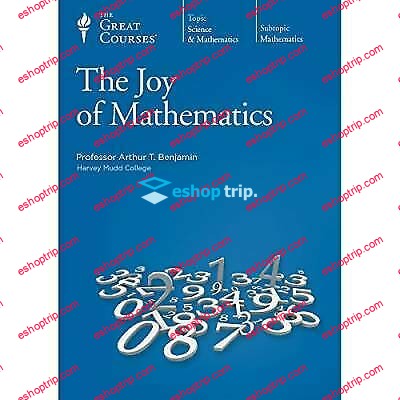
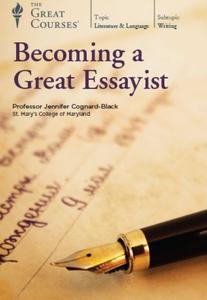
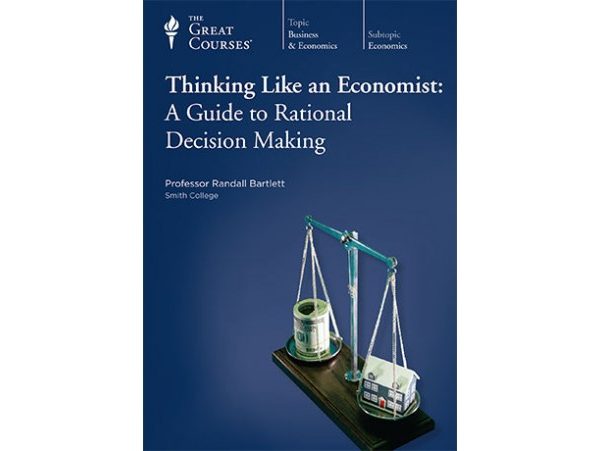
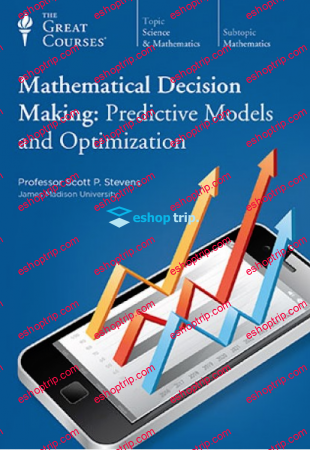
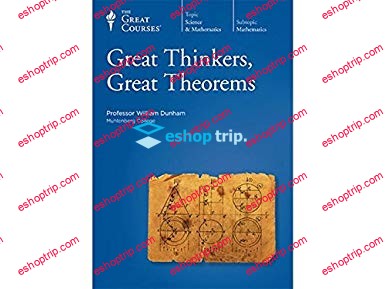
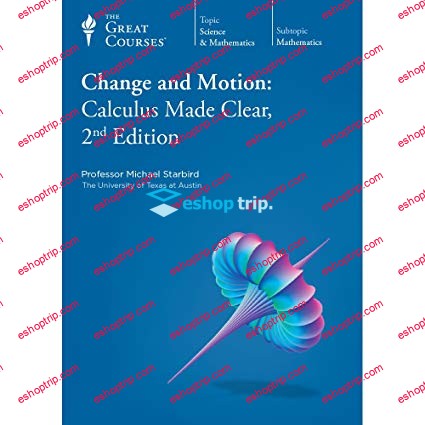
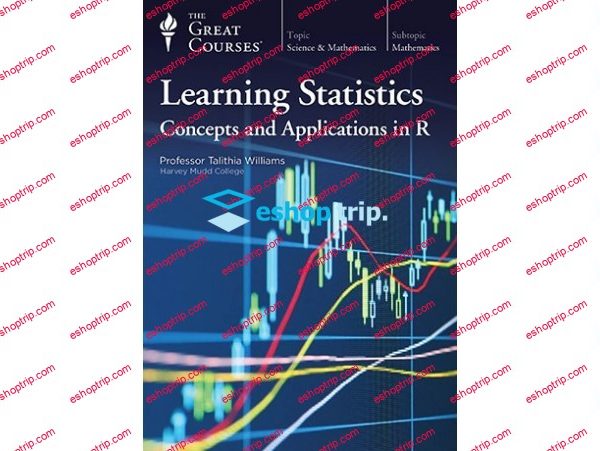
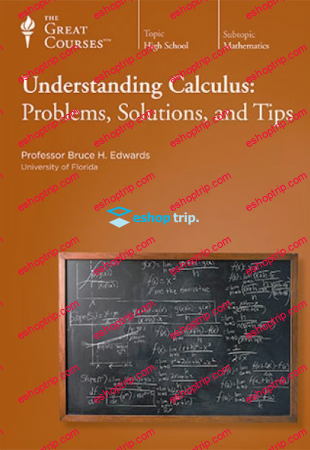
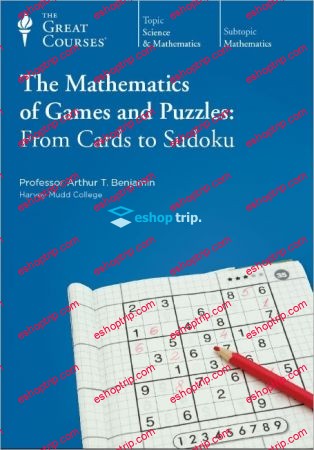
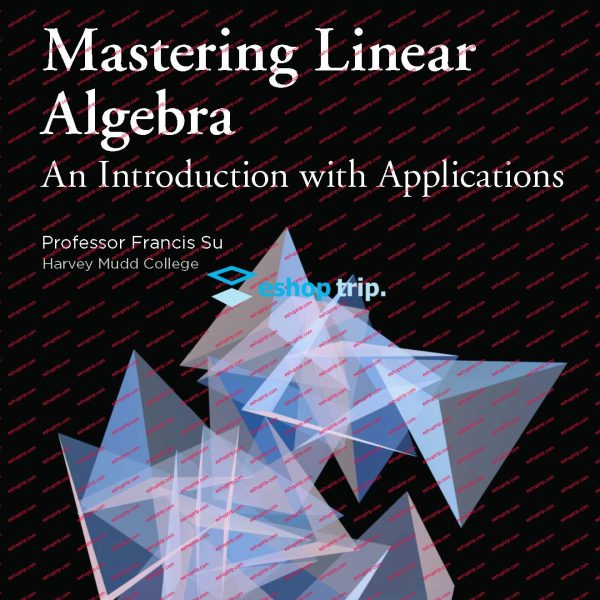
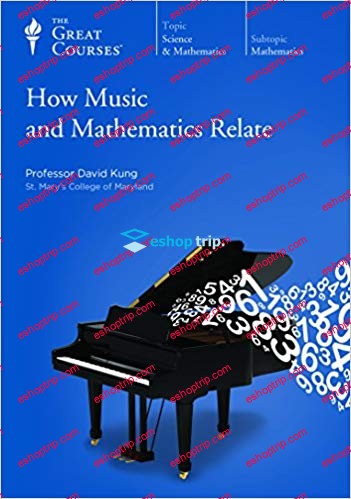
Reviews
There are no reviews yet.